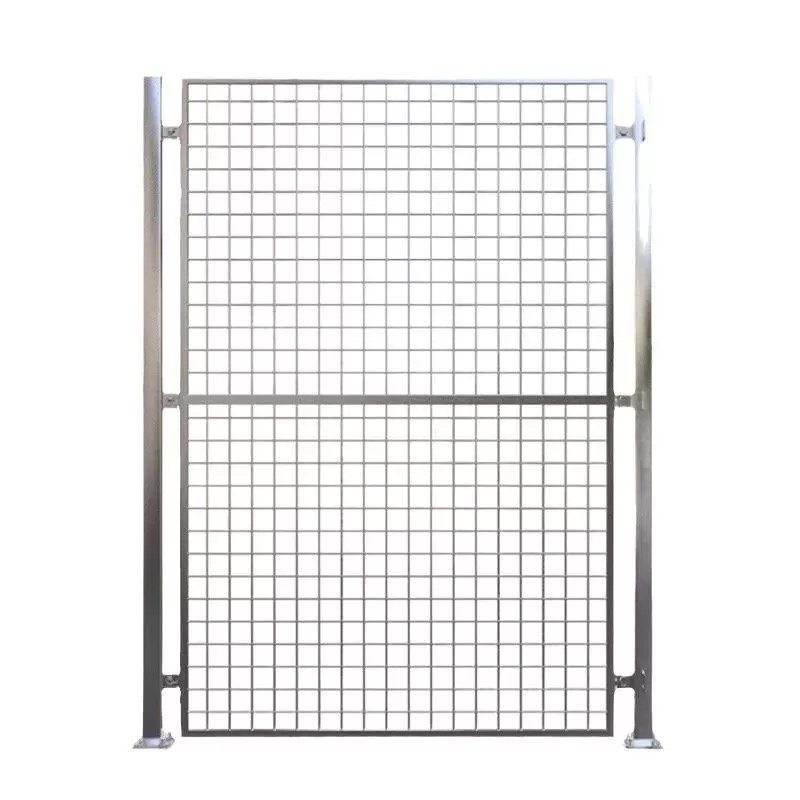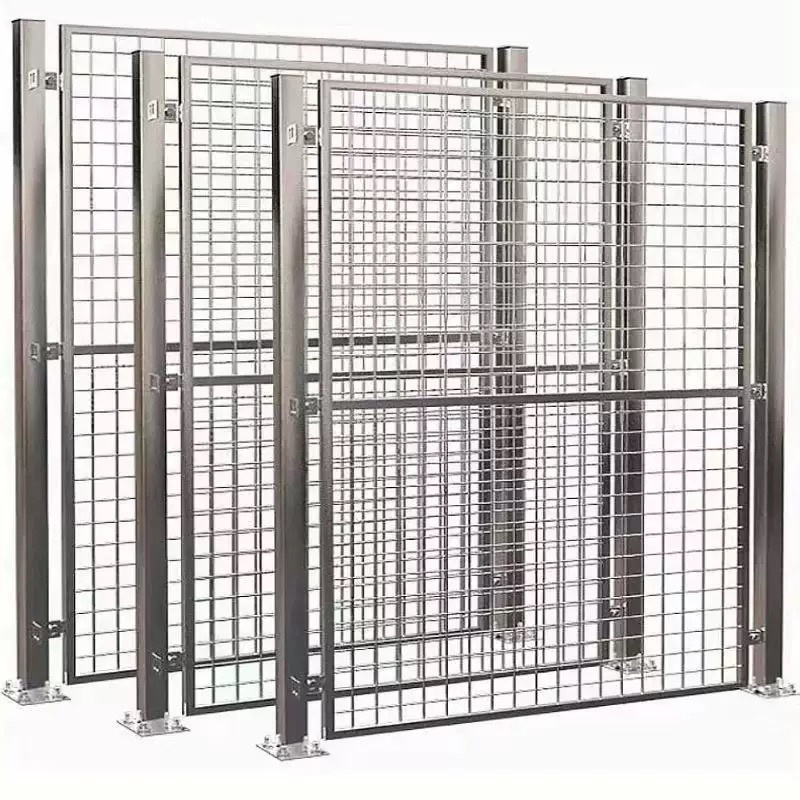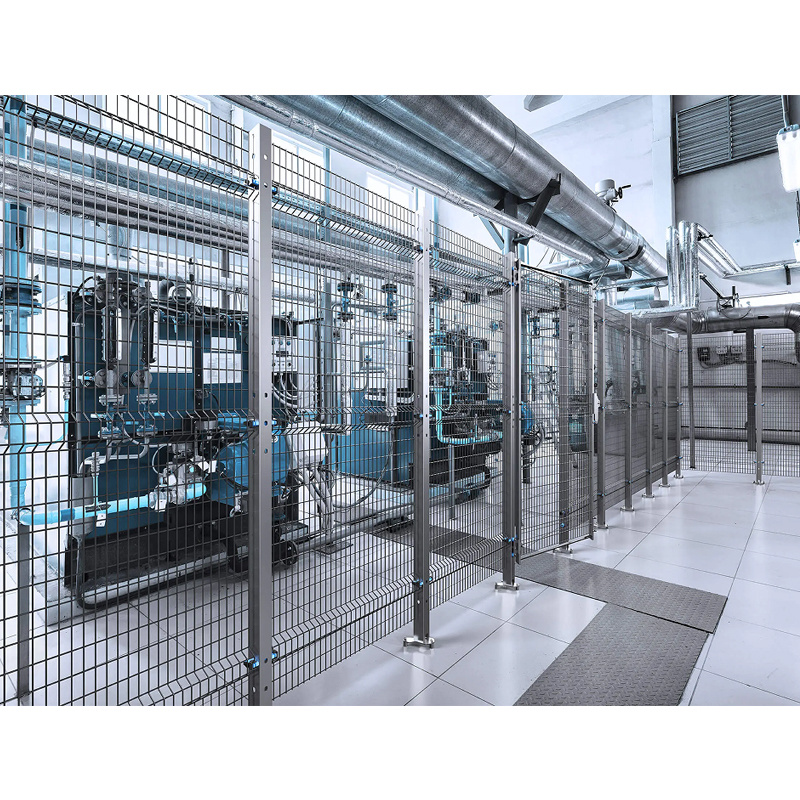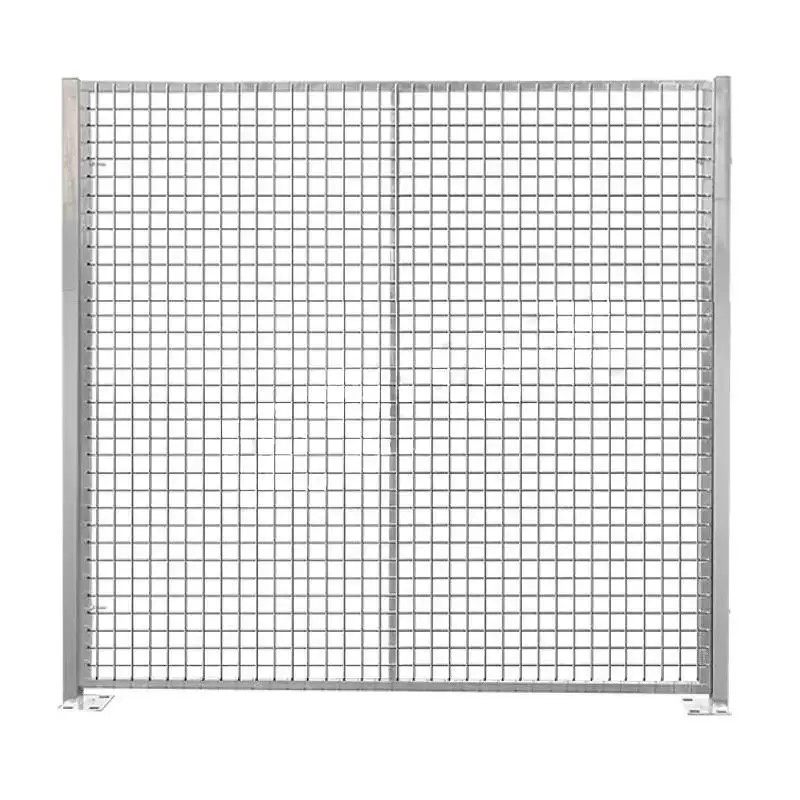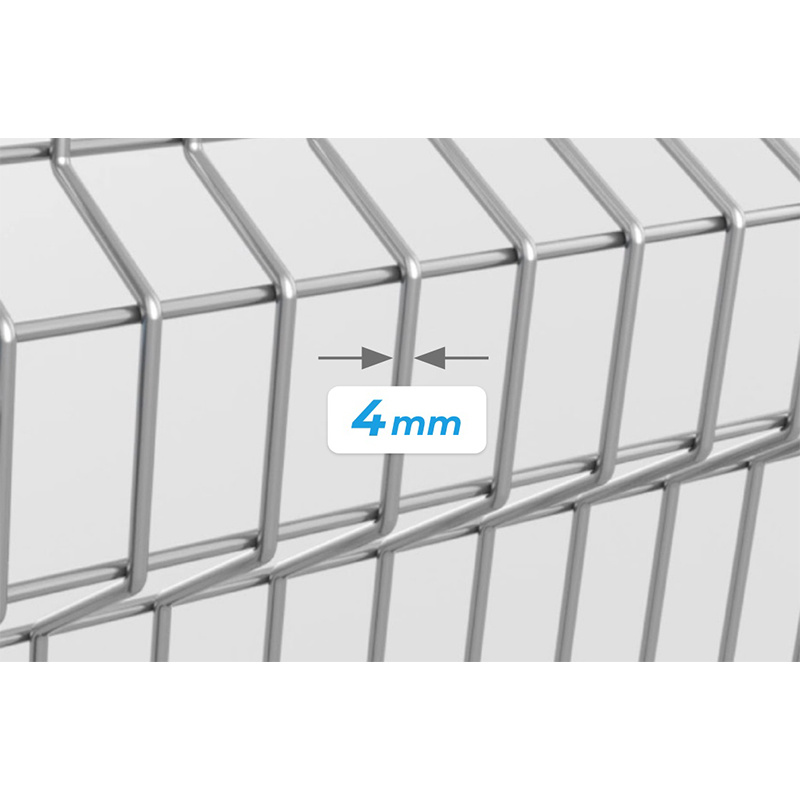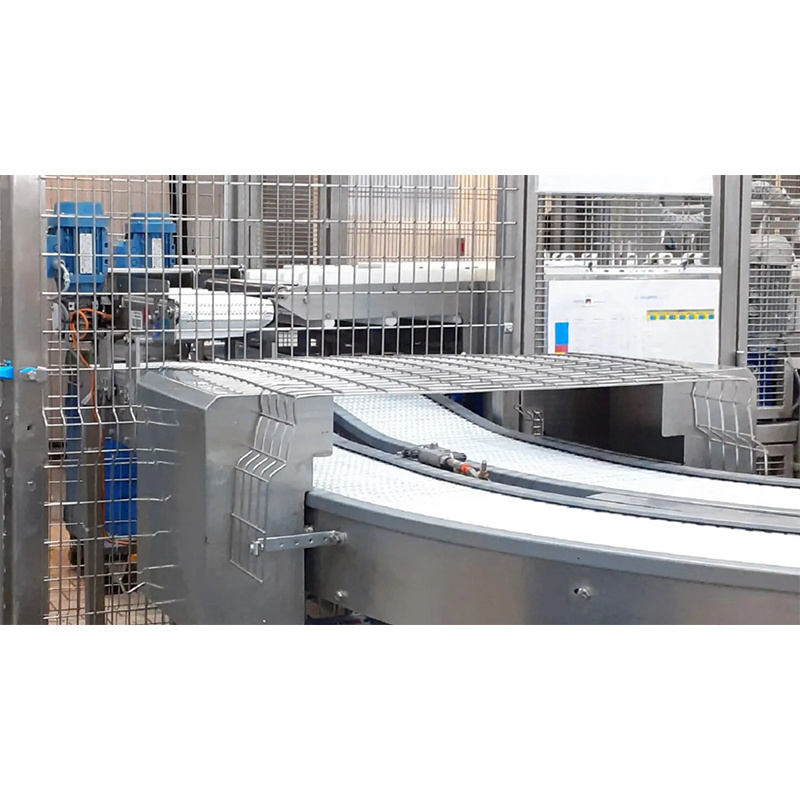Understanding Safety Fencing Machine Guarding: Essential Insights for Occupational Safety
Release Time:
Jul 24,2025
In today’s industrial landscape, the importance of safety fencing machine guarding cannot be overstated. As organizations strive to create safer work environments, machine guarding systems play an essential role in protecting workers from the potential hazards associated with machinery. These fences serve as a physical barrier, preventing unauthorized access to dangerous areas while ensuring that
In today’s industrial landscape, the importance of safety fencing machine guarding cannot be overstated. As organizations strive to create safer work environments, machine guarding systems play an essential role in protecting workers from the potential hazards associated with machinery. These fences serve as a physical barrier, preventing unauthorized access to dangerous areas while ensuring that operators can work safely.
Safety fencing machine guarding is designed to safeguard employees from various hazards that machinery poses, such as moving parts, falling debris, and electrical risks. These guards not only minimize the risk of accidents but also ensure compliance with workplace safety regulations. Effective machine guarding is a critical aspect of workplace safety management, and understanding its components can significantly enhance operational safety.
There are several types of safety fencing systems, including fixed, adjustable, and removable barriers. Fixed guards are permanently installed and provide continuous protection, while adjustable guards can be repositioned to accommodate different equipment or operational needs. Removable guards allow for flexibility in work areas, particularly when machinery needs to be serviced or changed frequently. Each type serves a unique purpose and can be selected based on the specific requirements of the work environment.
Implementing safety fencing machine guarding involves a systematic approach. First, conducting a thorough risk assessment is vital to identify potential hazards in the workplace. Once risks are identified, appropriate guarding solutions can be tailored to meet specific needs. Additionally, proper installation and maintenance of these barriers are crucial; regular inspections ensure that the guards remain functional and effective over time.
Training employees on the importance and proper use of safety fencing is also essential. Workers should be educated not only on the risks associated with machinery but also on how to navigate their work environment safely. This training helps cultivate a culture of safety, where employees are more aware of their surroundings and proactive about reporting potential hazards.
In summary, safety fencing machine guarding is a fundamental aspect of occupational safety that protects workers from hazards associated with machinery. By implementing effective safety barriers, conducting regular maintenance, and providing comprehensive training, organizations can significantly reduce the risk of workplace accidents. Prioritizing safety fencing not only enhances compliance with regulations but also contributes to a safer, more productive work environment for all.
Safety fencing machine guarding is designed to safeguard employees from various hazards that machinery poses, such as moving parts, falling debris, and electrical risks. These guards not only minimize the risk of accidents but also ensure compliance with workplace safety regulations. Effective machine guarding is a critical aspect of workplace safety management, and understanding its components can significantly enhance operational safety.
There are several types of safety fencing systems, including fixed, adjustable, and removable barriers. Fixed guards are permanently installed and provide continuous protection, while adjustable guards can be repositioned to accommodate different equipment or operational needs. Removable guards allow for flexibility in work areas, particularly when machinery needs to be serviced or changed frequently. Each type serves a unique purpose and can be selected based on the specific requirements of the work environment.
Implementing safety fencing machine guarding involves a systematic approach. First, conducting a thorough risk assessment is vital to identify potential hazards in the workplace. Once risks are identified, appropriate guarding solutions can be tailored to meet specific needs. Additionally, proper installation and maintenance of these barriers are crucial; regular inspections ensure that the guards remain functional and effective over time.
Training employees on the importance and proper use of safety fencing is also essential. Workers should be educated not only on the risks associated with machinery but also on how to navigate their work environment safely. This training helps cultivate a culture of safety, where employees are more aware of their surroundings and proactive about reporting potential hazards.
In summary, safety fencing machine guarding is a fundamental aspect of occupational safety that protects workers from hazards associated with machinery. By implementing effective safety barriers, conducting regular maintenance, and providing comprehensive training, organizations can significantly reduce the risk of workplace accidents. Prioritizing safety fencing not only enhances compliance with regulations but also contributes to a safer, more productive work environment for all.
Hot Products


